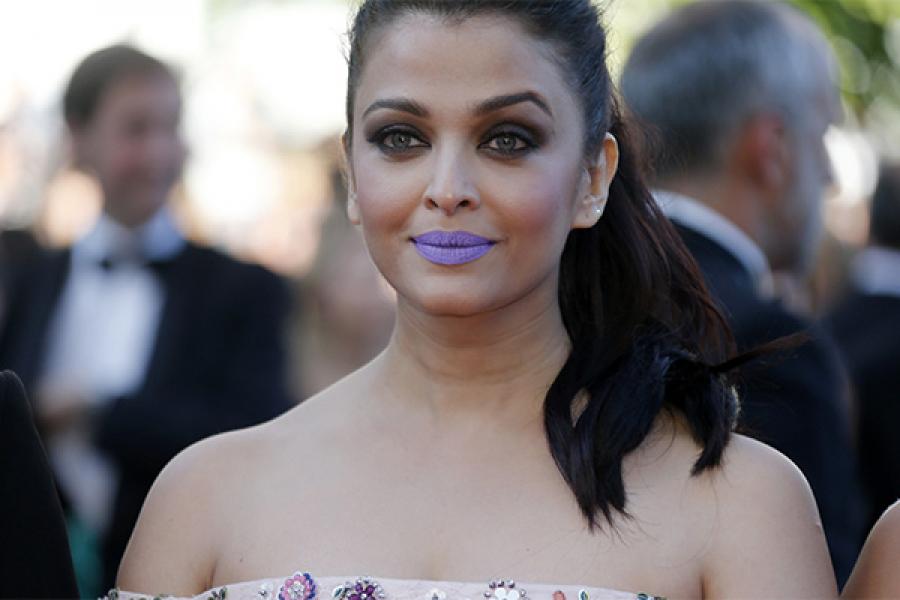Done right, real-time marketing can work beautifully for brands
Brands must respond faster to people and events. But at the same time, ensure that they do not upset the public at large
Does the name Candace Payne sound familiar? Maybe you know her better as the Chewbacca lady who laughed her way to internet stardom a few days back. An unbelievable 150 million people on Facebook (FB) laughed with her, making her spontaneous unboxing the most watched FB video ever. And here’s where the story gets interesting for marketers.
In her video, she mentioned Kohl’s – the store where she had picked up the mask. It was a marketing jackpot for the brand. The mask sold out at their stores. At this point, they could have chosen to sit pretty and enjoy their reflected glory. However, Kohl seized the moment, by gifting Ms Payne a pile of Star Wars merchandise and gift cards. Of course, they made a video of the delighted family and that has gone viral too.
This is the perfect case of real time marketing working beautifully for a brand. Social media presents brands with unique short-lived windows - literally moments - to fame and cultural relevance. If done right, by an agile and socially savvy marketer, it can create instant connect with audiences.
The most famous example of this has been the 2013 Super Bowl Oreo Dunk in the Dark tweet of course. When the lights went out during the game, and a whole nation was waiting, the Oreo marketing team rustled up the tweet within 5 minutes. They waited another 5 minutes before posting it because they wanted to be sure everyone at the stadium was safe.
They earned great media and marketers everywhere sat up and took notice. Real time marketing was hailed as the future. Instant. Conversational. Culturally meaningful. It could be all of these. Yet, as many brands have discovered to their dismay, it cuts both ways. And a sound judgement is the key to playing the game.
Closer home, the internet went crazy about the purple lipstick worn by the L’Oréal brand ambassador at Cannes. It had mixed reviews. As the bouquets and brickbats flew thick and fast, the make-up brand suddenly found itself in the spotlight. Fashionistas uploaded their ' how to get it right' videos and blogs. AIB came out with memes. And finally, Amul put its seal on the social buzz created by the story by featuring it in an ad.
The brand itself wisely resisted the temptation to milk the moment any further. With an avant-garde image established, awareness and trial are assured if they do choose to actually launch the product in India.
Other brands have not been so discerning and had to learn tough lessons in discretion.
Lenskart apologised for their promo tweet linked to the devastating earthquake in which many Indians lost their lives. Recently many brands in the US, most notably Cheerios, rushed to pay their tributes to the music legend Prince. And then hastily took down their posts and tweets in the face of consumer backlash.
The struggle between capturing the spirit of the moment and thinking through everything is real.
What are some of the ways a marketer can get it right?
Be Prepared
First, a lot of the real time marketing happens before the moment arrives. Big events would usually have a set of expected outcomes – anticipate them and have an idea of how the brand would like to respond. Most real time marketing is still on Twitter, so hashtags, basic layouts can be kept ready. Invest in digital listening and tracking of trends, have everyone who needs to approve the creative on standby and always know what you’re looking to achieve for your brand.
Know your risk appetite
The brand team, the digital agency and legal department must arrive at an understanding of where exactly a brand has licence to play. Most large marketers and their agencies are now trained on the legal basics - don't mention celebrities, movies, sporting events, etc if you don't have a right to. However, mistakes still happen. Last year, Duane Reade tweeted a photo of the celeb Katherine Heigl coming out of their store. She sued them for $6 million and the case was finally settled out of court. To make sure you're not exposing the brand to serious trouble, keep your friends in legal close.
Should you join the party?
Ask the question, what is my brand's unique point of view on this moment? How am I different from everyone else talking about what’s just happened? While most brands that mourned the death of Prince came off looking opportunistic, Chevy stood out with a tribute that was appreciated so much that the tweet was turned into a print ad. Why was Chevy different? The singer loved the car and it even found mention in his song. There was a genuine connect.
Don't be lame.
It's like a real life conversation - if there's nothing you can add to it, silence is a good idea. But sometimes, a mike will be handed to you without warning. And all eyes will be on you. That's happened to the restaurant chain Red Lobster after Beyoncé mentioned them in her hit song 'Formation'. Sales went up by 33 percent over the weekend and consumers started asking the marketing team to speak up. Their very slow and lacklustre response failed to impress. In such cases, maybe a quick “Thank You” would have worked better.
As marketing gets more conversational, brands will need to start responding faster to people and events. And as every brand joins the race to capture the moment, it’s worth recalling that old quote – chance favours the prepared mind.
(Views expressed are personal.)
The thoughts and opinions shared here are of the author.
Check out our end of season subscription discounts with a Moneycontrol pro subscription absolutely free. Use code EOSO2021. Click here for details.

